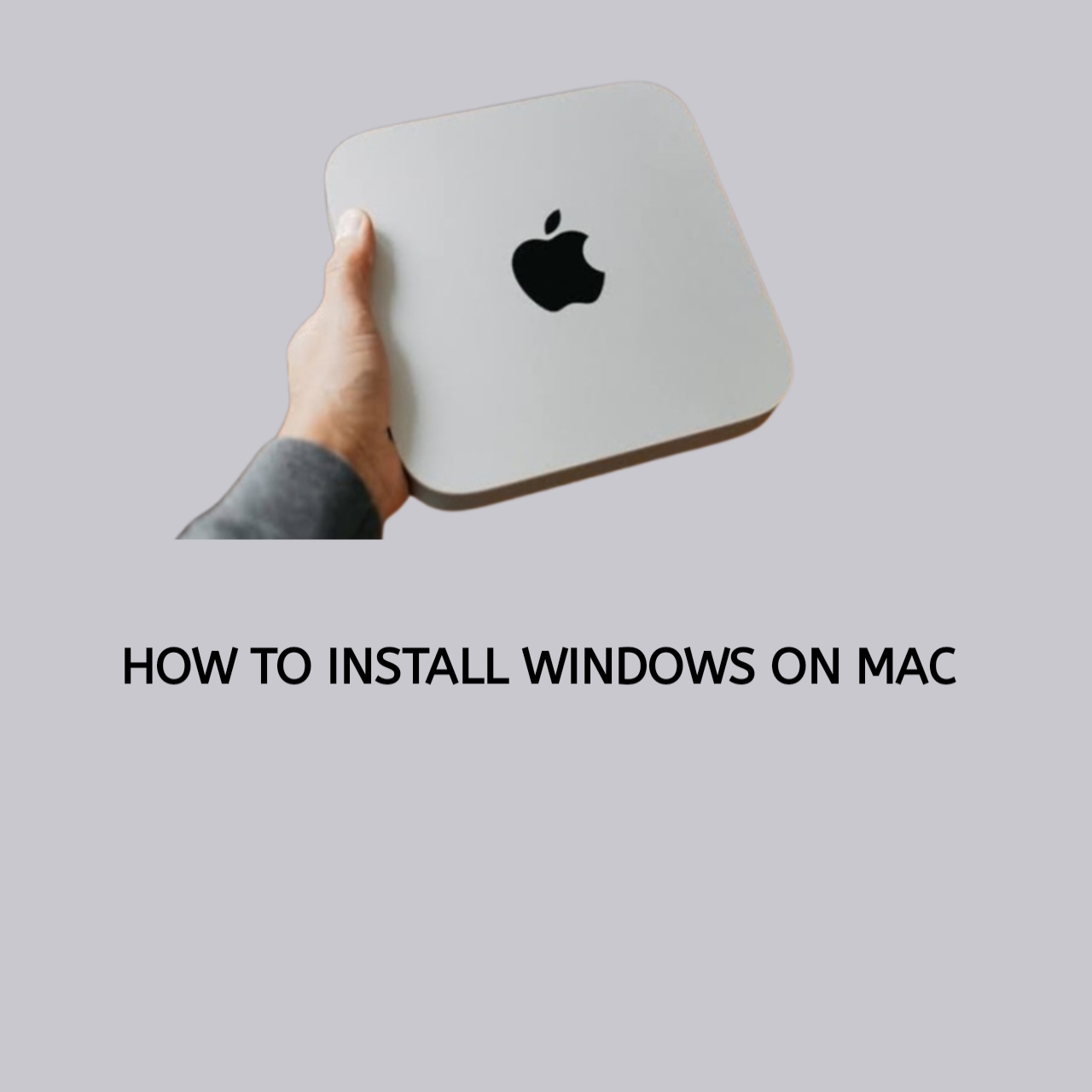Are you a Mac user but need Windows for work, gaming, or specific applications? Good news! Installing Windows on your Mac is easier than you might think.
Prerequisites Before You Begin
Before installing Windows on your Mac, make sure you have the following:
- A Compatible Mac Computer: Recent Mac models work best (e.g., MacBook, iMac, or Mac Mini).
- Windows Installation File: A licensed Windows 10 or Windows 11 ISO file.
- Free Disk Space: At least 64GB of available storage on your Mac.
- Internet Connection: Needed for downloading drivers and updates.
- A USB Drive: A 16GB or larger USB drive, if required.
- Back-Up Your Data: Create a backup of your important files to avoid data loss during installation.
Make sure your macOS is updated to the latest version before proceeding.
Method 1: Using Boot Camp Assistant (Recommended)
Boot Camp Assistant is Apple’s built-in tool designed for installing Windows on a Mac. This method provides the full performance of Windows by dedicating system resources to it.
Step-by-Step Guide
- Open Boot Camp Assistant:
- Go to Applications > Utilities > Boot Camp Assistant.
- Launch the tool and follow the on-screen instructions.
- Download Windows Support Software:
- Boot Camp will automatically download the necessary drivers for your Mac to run Windows seamlessly.
- Partition Your Disk:
- Choose how much disk space to allocate for Windows. Ensure you provide at least 64GB, but more is recommended for better performance.
- Install Windows:
- Select the ISO file for Windows, and Boot Camp will guide you through the installation process.
- Your Mac will restart and boot into the Windows installation screen.
- Set Up Windows:
- Follow the on-screen instructions to complete the Windows setup.
- Once installed, Boot Camp will prompt you to install additional drivers. Do this to ensure all hardware components work correctly.
Method 2: Using Virtual Machine Software
If you prefer to avoid restarting your Mac every time you switch between macOS and Windows, a virtual machine is a great alternative.
Recommended Tools
- Parallels Desktop (Paid, user-friendly, supports M1/M2 Macs).
- VMware Fusion (Free for personal use).
- VirtualBox (Open-source, free).
Step-by-Step Guide
- Download and Install Virtual Machine Software:
- Visit the official website of your chosen tool and download the installation package.
- Create a New Virtual Machine:
- Open the software and create a new virtual machine.
- Select the Windows ISO file as the operating system source.
- Configure the Virtual Machine:
- Allocate CPU cores, RAM, and disk space based on your Mac’s performance.
- Complete the setup and start installing Windows within the virtual machine.
- Install Windows on the Virtual Machine:
- Follow the same steps as installing on a regular PC to set up Windows.
Comparing the Two Methods
| Feature | Boot Camp | Virtual Machine |
|---|---|---|
| Performance | Full system performance for Windows. | Shared system resources; slightly slower. |
| Ease of Use | Requires restarting Mac to switch OS. | Switch between macOS and Windows seamlessly. |
| Best For | Gaming, resource-heavy tasks. | Productivity, running Windows apps alongside macOS. |
Troubleshooting Common Issues
- Boot Camp Not Detecting ISO File:
- Ensure the ISO file is valid and not corrupted.
- Redownload the ISO from Microsoft’s official site.
- Disk Partition Errors:
- Free up more disk space or run Disk Utility to repair your disk.
- Slow Performance in Virtual Machines:
- Allocate more RAM or CPU cores to the virtual machine.
- Ensure macOS and the virtual machine software are updated.
FAQs
1. Can I install Windows 11 on a Mac with an M1 or M2 chip?
Yes, but Boot Camp is not available on Macs with M1 or M2 chips. Use Parallels Desktop, which is optimized for Apple Silicon chips, to install Windows 11.
2. Do I need to buy a Windows license?
Yes, a licensed copy of Windows is required for long-term use. You can download the ISO for free but will need a product key to activate it.
3. Can I uninstall Windows later?
Yes, Boot Camp allows you to restore your Mac to its original state. For virtual machines, simply delete the virtual machine file.
Conclusion
Installing Windows on your Mac opens up a world of possibilities, from running Windows-exclusive apps to enjoying PC gaming. Whether you choose Boot Camp for maximum performance or a virtual machine for convenience, this guide ensures you’re equipped to make the best decision.
